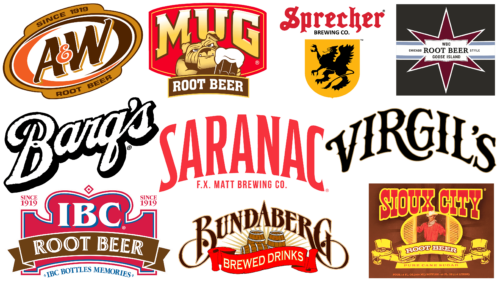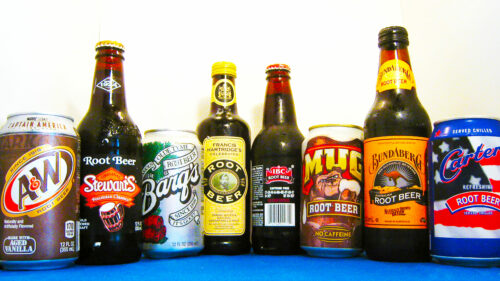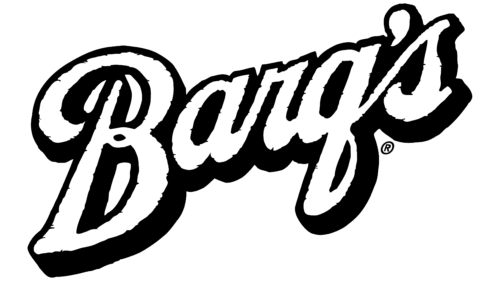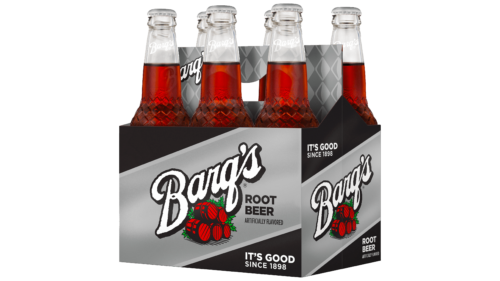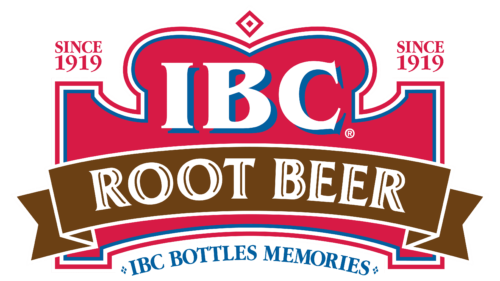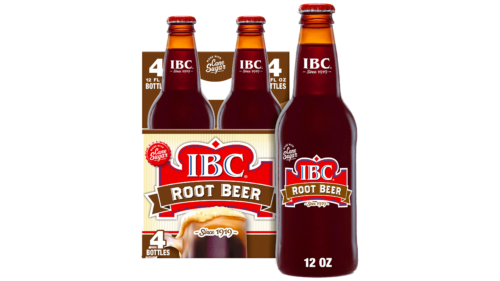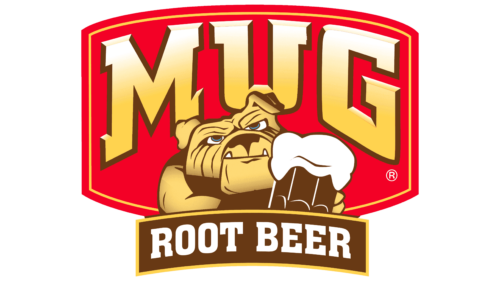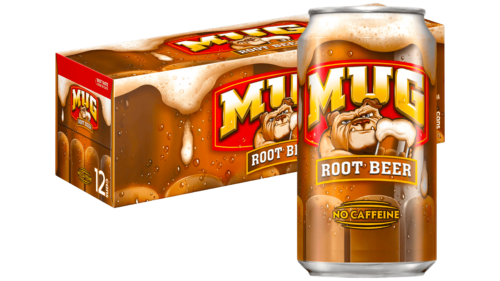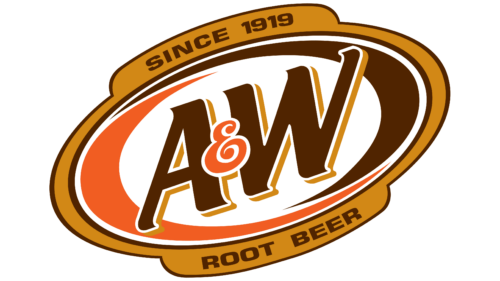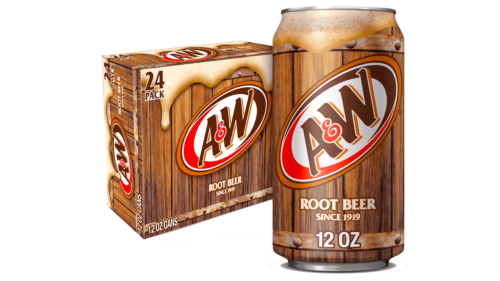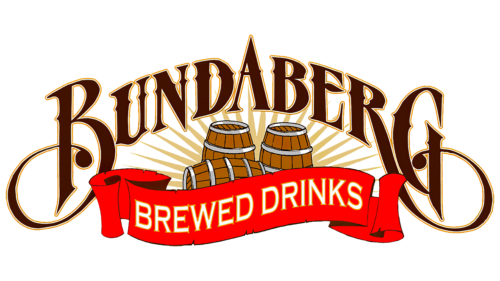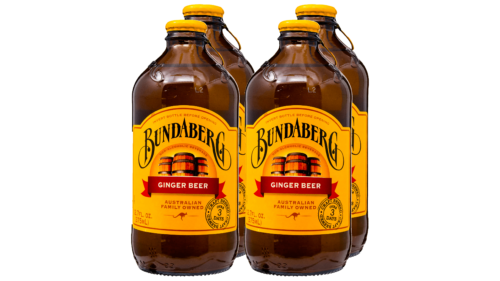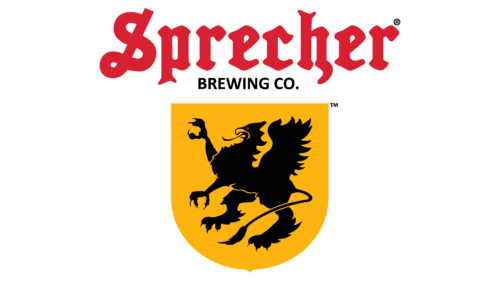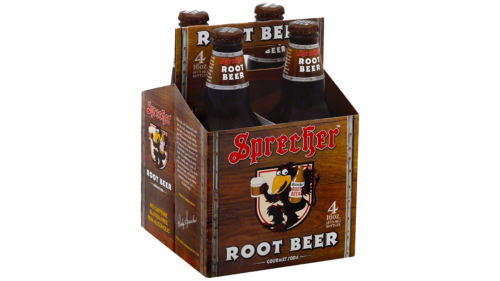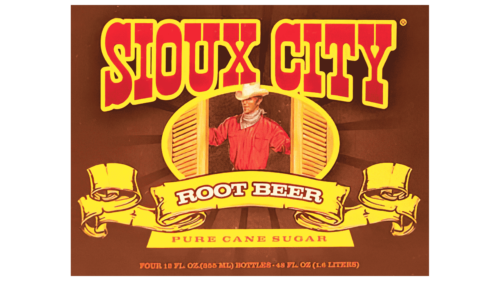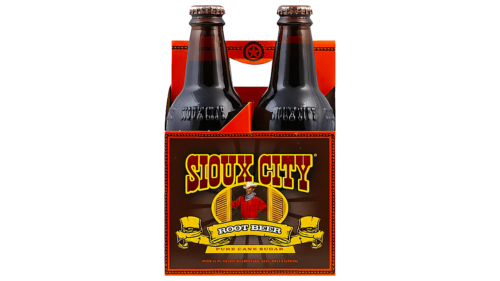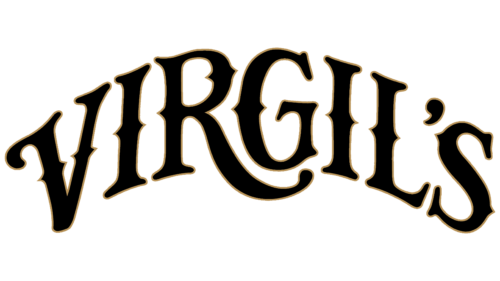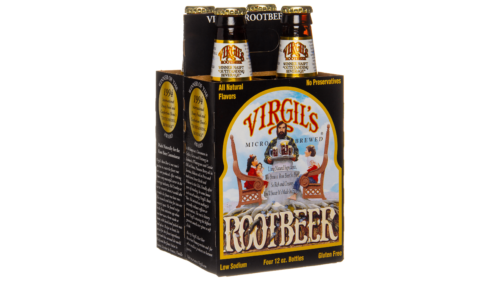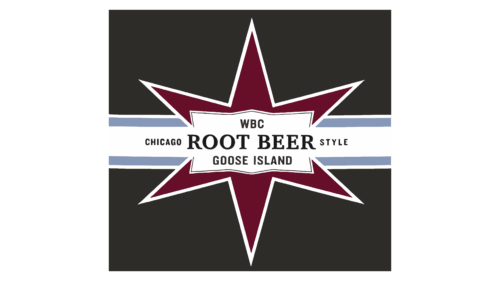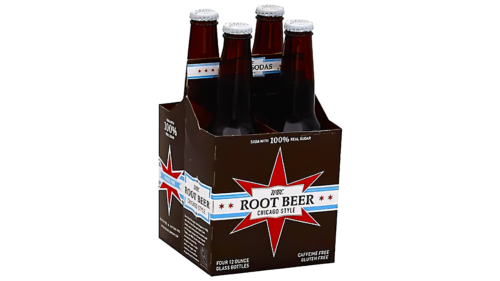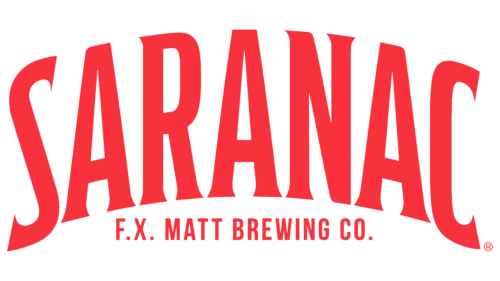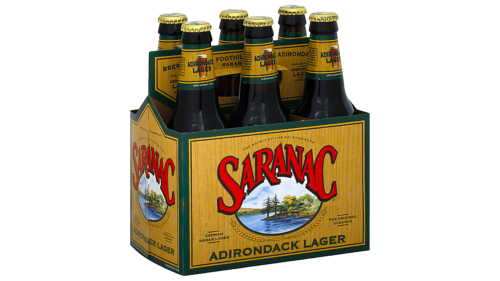Root Beer is an American “non-alcoholic beer” that is suitable for children. It uses sassafra roots instead of hops and malt. It is available in both alcoholic and non-alcoholic versions. However, even when fermented, the alcohol content in it does not exceed 0.5%. Therefore, the drink is considered harmless and more like kvass.
By taste, root beer resembles a sweet soda with an herbal flavor. Some compare it to an infusion of marshmallow root. The natural ingredients in root beer are healthier than the compositions of most non-alcoholic brands. The fizzy drink is served with ice cream, juices, and alcohol, creating fancy cocktails. Many consumers appreciate root beer’s characteristic large foamy head.
Root beer ingredients
The beverage contains primary and secondary components. The primary components are the same for all producers, and they are what make the beverage a root beer. These include:
- The root of the sassafras tree. All parts of the plant contain a very aromatic essential oil that is used in cooking and medicine. Locals prepare aromatic teas and spices from it and use it as an ingredient in baked goods. The oil is useful in the treatment of colds and as a disinfectant and repellent.
- Smilax vine, or sarsaparilla. The plant resembles a blackberry. The young parts are succulent, with a slight tartness, often used for food and as a condiment. The root is considered medicinal.
The sassafras root actively secretes safrole, a substance that repels pests from the plant. In the 1960s, reports emerged about the potential carcinogenicity of this compound and its use in the manufacture of ecstasy. As a result, the essential oil was banned. Manufacturers using it switched to a safrole-free extract and a flavoring agent that imparts the taste of the natural root.
A non-alcoholic version combines the plant extract with carbonation. Root beer with hop flavor is made by fermenting the extract, sugar, and yeast.
Each producer tries to give their root beer a special flavor by adding various additional ingredients. The most common are citrus peels, licorice, baking spices, and cherry bark. Many manufacturers also add various herbs such as licorice root, ginger, and wintergreen.
Natural ingredients such as sarsaparilla, herbs, and spices make the beer healthier compared to carbonated and flavored versions.
A brief history
The basis for the creation of root beer was based on medicinal decoctions prepared by the local Native Americans. Following their tradition, apothecary Heirs developed a special herbal tea. He sold it in the form of a mixture of herbs, which the buyer mixed with yeast and sugar. However, the invention was not very popular.
A close friend of the pharmacist advised to sell the composition in the form of soda. Mixing more than 20 plant extracts with carbonated water, Hires created something similar to non-alcoholic beer, which was very popular with customers. The drink was first sold in taps and 20 years later in bottles. By the end of the 19th century, other producers began to actively create different types of root beer.
The closest relative of root beer is small beer, which contains no more than 2.8% alcohol. Up until the twentieth century, due to the lack of sewage systems in most European cities, it was dangerous to drink ordinary water. Therefore, servants, workers, and children were given table beer, a very light (up to 1% alcohol) fermented drink to quench thirst. In some cases, it was not filtered, and the thick mixture was considered a strengthening remedy for weakened children and sick adults.
Best root beer brands
The following are ten well-known, best-selling brands of beer. Their composition and history of creation are considered.
Barq’s Root Beer
The brand appeared on the wave of popularity of root beer, which began its active distribution 22 years before the creation of BARQ’S. The founder named the product after his last name, although a business partner was also involved in creating the recipe.
The injustice was offset by the division of the business. As a result, there were two BARQ’S in America. One was located in Louisiana, it was managed by Jesse Robinson, and the second belonged to the founder’s family. However, problems arose only after Bark’s grandchildren sold the business. The new owners fought a long legal battle over the brand, which was won by Robinson’s descendants.
The family did not remain sole owners for long, and in 2000, the right to manufacture was transferred to The Coca-Cola Company.
BARQ’S was originally made from sarsaparilla. The first distinguishing feature of the brand was the presence of caffeine. The main emphasis was on the invigorating properties, which were enhanced by numerous prickly bubbles and reduced sweetness.
The modern drink can no longer be called useful. It is produced on the basis of natural flavorings reminiscent of the plant. A pleasant sweetness is achieved at the expense of corn syrup. Citric acid gives tartness. Consumers are offered the original and diet versions. The latter does not contain caffeine.
The white lettering on the logo with a large, towering letter shadow shows the rich history and changes in the drink’s recipe over the years.
IBC
IBC is a now-defunct association of five breweries. Root Beer is the only beer left after all the syndicate companies, one by one, ceased to exist. The brand, founded in 1919, went through many resales until it became part of the Keurig Dr. Pepper Company.
The main secret was the demand for soft drinks during Prohibition. This is evidenced by a line of 11 flavors: strawberry, berry, cherry, and peach, with the addition of cream or cream soda.
The company produces regular and diet root beer. The original composition was changed in favor of cane sugar instead of corn syrup, which is considered healthier. Quillia extract has been added as a foaming agent.
The entire logo of the beer is rooted in the historical past and combines the image of a crown and coat of arms with commemorative dates.
Mug
The beverage has two names. The first one he received when he was created in 1940. The company that introduced it into production immortalized itself in the name Belfast. The second, known today, is the consequence of a change of ownership. However, the rights to the root beer did not pass to either company. The new Beverage company worked closely with Pepi-Co, which eventually got the drink (1986).
It was Pepsi that made the beer’s symbol – a dog with a mug in its paws.
In addition to regular and diet versions of MUG, there is cream soda. Among the unusual ingredients are quillia, ascorbic acid, which imparts tartness, and yucca.
This is an ornamental shrub with massive roots resembling a large, long potato. The plant contains many useful components, including a basic complex of vitamins and antioxidants. The fiber helps to purify the body, and the saponins have the property of forming foam. Therefore, MUG ROOT BEER with yucca is tasty and healthy.
A&W
A&W, founded by partners Allen and Wright, began selling root beer in its restaurants in 1922. Prior to that, Allen had been distributing the beverage to passing drivers for three years. Hired boys carried beer on trays, offering to quench their thirst for a nickel.
With Wright’s financial backing, the business grew. Two years later, Allen bought out his partner’s share and began expanding the restaurants and brewery through franchises. By 1960, there were 2,000 outlets.
The success of the company is due to the coverage of a wide range of consumers due to the diverse composition: it is a beer without sodium and caffeine for hypertensive people, without sugar for diabetics and thinning, etc.
Now, the right to produce the drink has three companies. Worldwide, they are Keurig Dr. Pepper, and in Canada, they are A & W and Coca-Cola.
The difference is not only in the owners but also in the recipes. Canadian root beer has virtually no sugar or syrup. Instead, natural herbs such as sassafras, licorice, anise, and birch are used, making them taste more like a mix.
In the U.S., the brand also produces TEN low-calorie root beer and cream soda. The oval logo showcases the balanced flavor.
Bundaberg Root Beer
The birthplace of this beverage is Australia. BUNDABERG is a family-owned production company that creates non-alcoholic and low-alcohol brands using unique heirloom recipes. The value of healthy concentrates is reflected in the logo: sun rays illuminate the company’s barrels.
The composition of root beer is completely natural and truly different from most of the well-known ones. Its composition, as in the first recipes, includes sassafras flavored with licorice, vanilla, and ginger. Additional sweetness is given by molasses. All components are processed for three days to maximize the extraction of active ingredients. The result is a rich, dark, sweet, concentrated root beverage.
The company’s products are supplied to 30 countries around the world.
Sprecher
The Wisconsin-based brewery is the brainchild of a brewing doctor with the last name Sprecher. He opened the brewery, gathered the necessary equipment, started operations, and then sold the company to a group of local investors who have been running it ever since.
The brewery’s collection includes 13 beers and lagers, as well as more than 20 carbonated beverages. Their recipes have not changed since their creation. The shield with a heraldic animal on the logo emphasizes the preservation of traditions and a solid approach to work.
One of the main secrets of the preparation of the main root beer of this brand is the inclusion of natural honey in the composition. Another peculiarity is that all components are brewed in a kettle on an open flame. The flame promotes the caramelization process and increases the saturation of the drink.
In addition to the classic local composition, root beer with caffeine and maple syrup is available.
Sioux City
The line is owned by Beverages and has been produced since 1987. It is bottled in dark glass bottles and is positioned as a saloon drink. Root beer is consumed by rugged local sheriffs when on vacation. The advertising gives the drink an energy of strength, appealing to a male audience. The daring cowboy in the logo at the store entrance complements the brand image.
The main ingredient in the beer is sassafras. The company claims that this plant is the ancient component that started the creation of all modern root beers. The plant is complemented with caramel syrup.
Virgil’s Root beer
A brand of root beer created by the Crowley family 100 years ago. Edward Crowley decided to revive the forgotten recipe in 1994. For his creation, the master chose an ancient beer-style font.
The rich natural composition speaks volumes about the quality of the product. It is a mixture of herbal infusions, aromatic spices of anise, vanilla, cinnamon, nutmeg, and cloves, as well as oils: balsamic, allspice, and cassia. All components are of the highest quality and are sourced from abroad. Cane sugar is used as a sweetener. The diet version contains a sugar substitute made of stevia and erythritol. The company’s beverages have won the Outstanding Beverage award multiple times.
WBC Chicago Style Root Beer
The beer is actually better known as a “Chicago” style beverage. The acronym WBC stands for Wit Beverage Company and is the name of the manufacturing company.
The creamy vanilla root beer has triple carbonation, which makes it more prickly. The lack of cloying sweetness and the sharpness of the sensation express the creators’ vision of the city. There is no molasses or syrups in the drink. The light sweetness is imparted by cane sugar.
The recipe was created during the Prohibition era. The water for the drink is taken from Lake Michigan, on which the city stands. The logo features stars from the Chicago flag.
Saranac
The first batches of this brew were made in 1888, making it the oldest root beer among those sold today. Matt Brewing Company is the second oldest brewery in the United States. The red lettering on the logo supports the idea of premium quality, as the soda was originally handcrafted. However, since its inception, the recipe has undergone significant changes. There are no longer any natural ingredients in the drink’s composition. The taste of vanilla and licorice is created at the expense of flavorings. As a sweetener, less useful corn syrup is used.
